With the evolution of technology, the use of drones or unmanned aerial vehicles (UAVs) has become increasingly popular worldwide. The Philippines, with its unique geographical features and challenges, presents an attractive arena for drone applications. This article delves deep into the myriad opportunities, prevailing challenges, and future prospects of drone technology in the Philippines.
10 Qestions about using Drones in the Phillipines
Q1: How has the Civil Aviation Authority of the Philippines (CAAP) been instrumental in the regulation of drones?
A1: The CAAP has established guidelines for drone usage, ensuring safety and order in the Philippine skies. This includes mandatory licensing for drone pilots, designated no-fly zones, especially near critical infrastructures, and measures to address privacy concerns.
Q2: What industries in the Philippines are currently reaping the most benefits from drone technology?
A2: Agriculture, disaster management, tourism, and infrastructure development are among the top sectors. Drones aid in crop health monitoring, damage assessment post-disasters, showcasing tourist spots, and surveying land for construction.
Q3: How do regulations address the potential invasion of privacy by drones?
A3: CAAP guidelines emphasize respecting privacy. Unauthorized surveillance or capturing images/videos of private properties without consent can lead to penalties and sanctions for the drone operator.
Q4: Are drones harmful to the Philippines’ rich biodiversity, especially birds?
A4: If not operated responsibly, drones can disturb wildlife, including birds. However, with proper guidelines and awareness, these adverse effects can be minimized.
Q5: How are drones assisting in disaster management in a country often affected by typhoons?
A5: Drones provide real-time aerial assessments of affected areas, helping in swift damage evaluation. They can also aid in delivering essential supplies to hard-to-reach locations.
Q6: What educational initiatives are present for aspiring drone pilots?
A6: Several institutions and training centers offer courses on drone piloting and operations. These programs are aligned with CAAP’s requirements, ensuring pilots are well-equipped with knowledge and skills.
Q7: How do the drone regulations in the Philippines compare with its ASEAN neighbors?
A7: The Philippines has one of the more comprehensive sets of regulations, striking a balance between promoting innovation and ensuring safety. While each ASEAN country has its approach, the Philippines’ emphasis on both pilot training and public safety stands out.
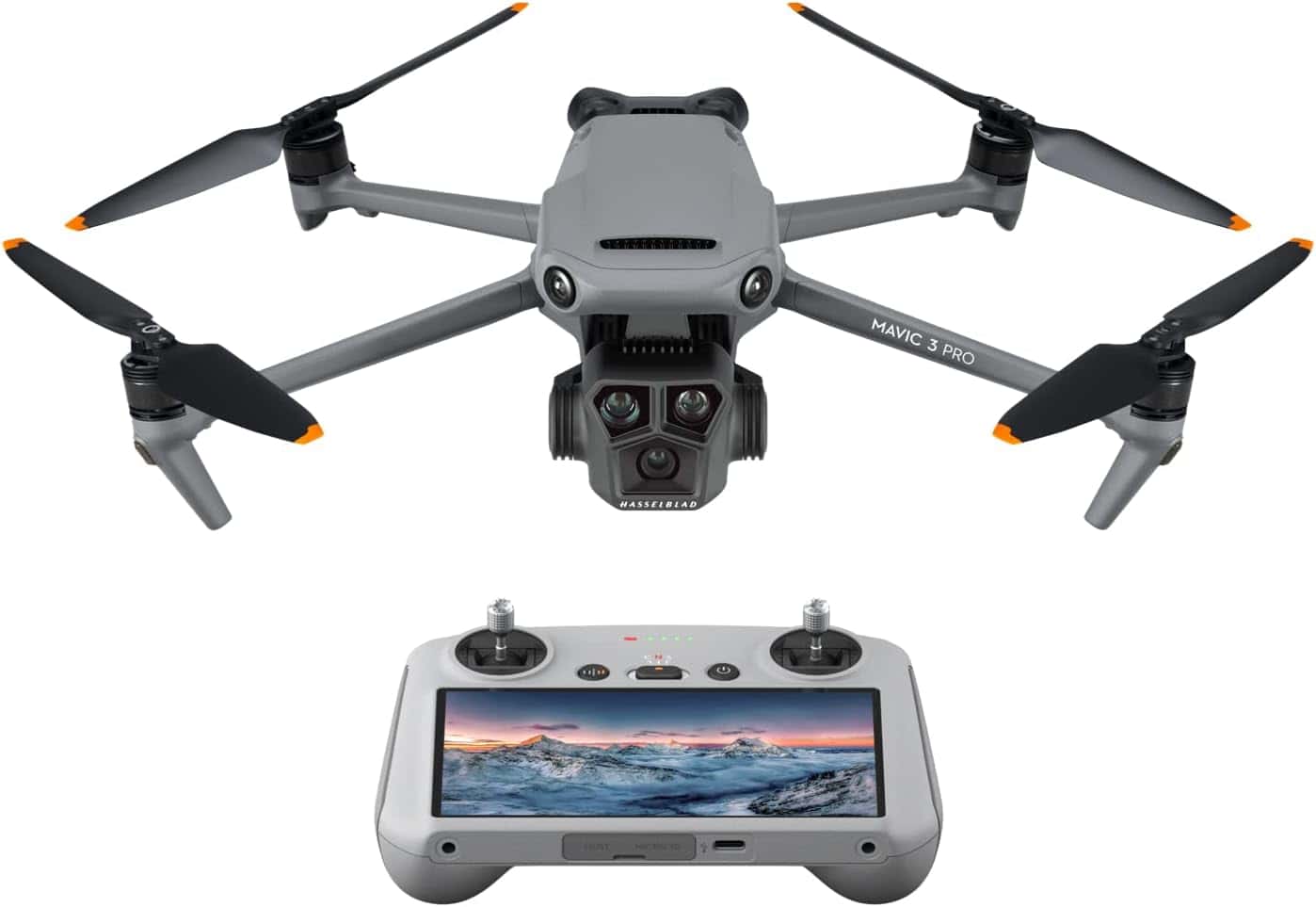
Q8: In what unique ways are drones promoting Philippine tourism?
A8: Drones capture the archipelago’s beauty, from its pristine beaches to mountainous terrains. Such aerial views provide a fresh perspective, enticing more visitors and showcasing lesser-known destinations.
Q9: What are the key challenges drone operators face in the country?
A9: Apart from regulatory compliance, operators often grapple with technical issues like unstable GPS signals in remote areas and limited battery life. Additionally, public misconceptions about drones can sometimes pose challenges.
Q10: How has public perception shifted regarding drones in recent years?
A10: Initially met with skepticism due to privacy and safety concerns, the public’s view is slowly changing. As drones contribute positively, especially in agriculture and disaster response, their societal benefits are becoming more apparent, leading to increased acceptance.
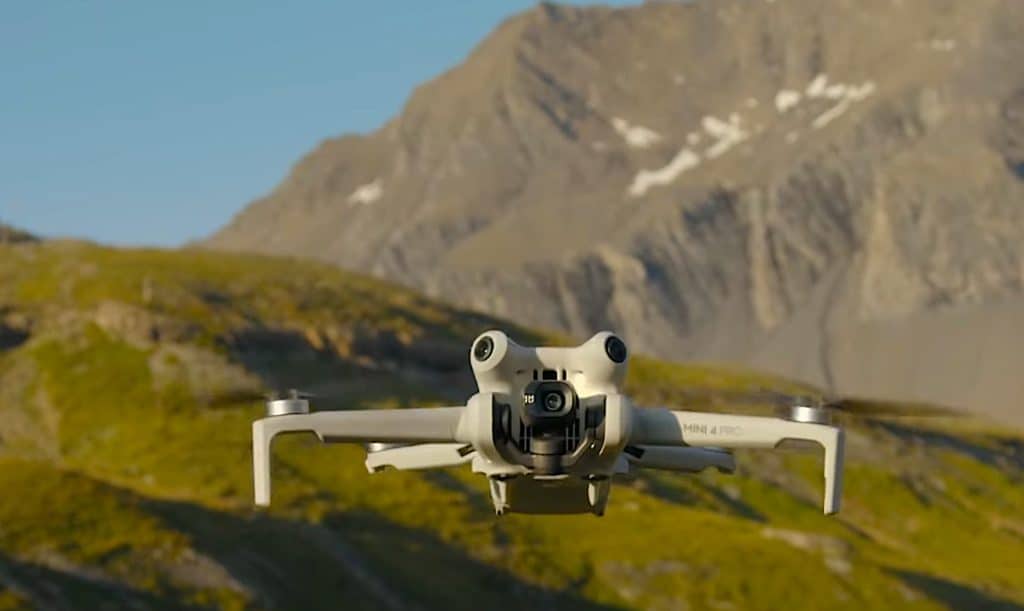
1. The Philippines: A Unique Landscape
The Philippines, an archipelago with over 7,000 islands, offers a varied terrain ranging from dense rainforests, vast farmlands, urban landscapes, and extensive coastlines. Each of these terrains presents distinct opportunities and challenges for drone applications.
2. Opportunities for Drone Usage in the Philippines
2.1. Agricultural Sector
- Pest Control and Monitoring: With drones equipped with multispectral imaging, farmers can monitor their crops, pinpoint pest infestations, and act promptly.
- Crop Health Monitoring: Early detection of plant diseases and nutrient deficiencies can be easily conducted with drone technology, reducing the need for ground surveys.
2.2. Disaster Management and Relief Operations
The Philippines is no stranger to natural calamities. Drones can play a pivotal role in:
- Assessment: After calamities like typhoons or earthquakes, drones can provide aerial views for damage assessment.
- Relief Distribution: Drones can deliver essentials like medicine and food to hard-to-reach areas.
2.3. Tourism and Cultural Documentation
- Promotion of Tourist Spots: Drones can capture breathtaking aerial footage of pristine beaches, historical landmarks, and other tourist attractions.
- Cultural Documentation: The diverse Filipino culture, festivals, and traditions can be documented from unique perspectives.
2.4. Infrastructure and Urban Development
- Land Surveying: Drones make land surveying efficient, especially in areas difficult to access.
- Construction Monitoring: Real-time updates on construction progress can be gathered, ensuring timely and within-budget project completions.
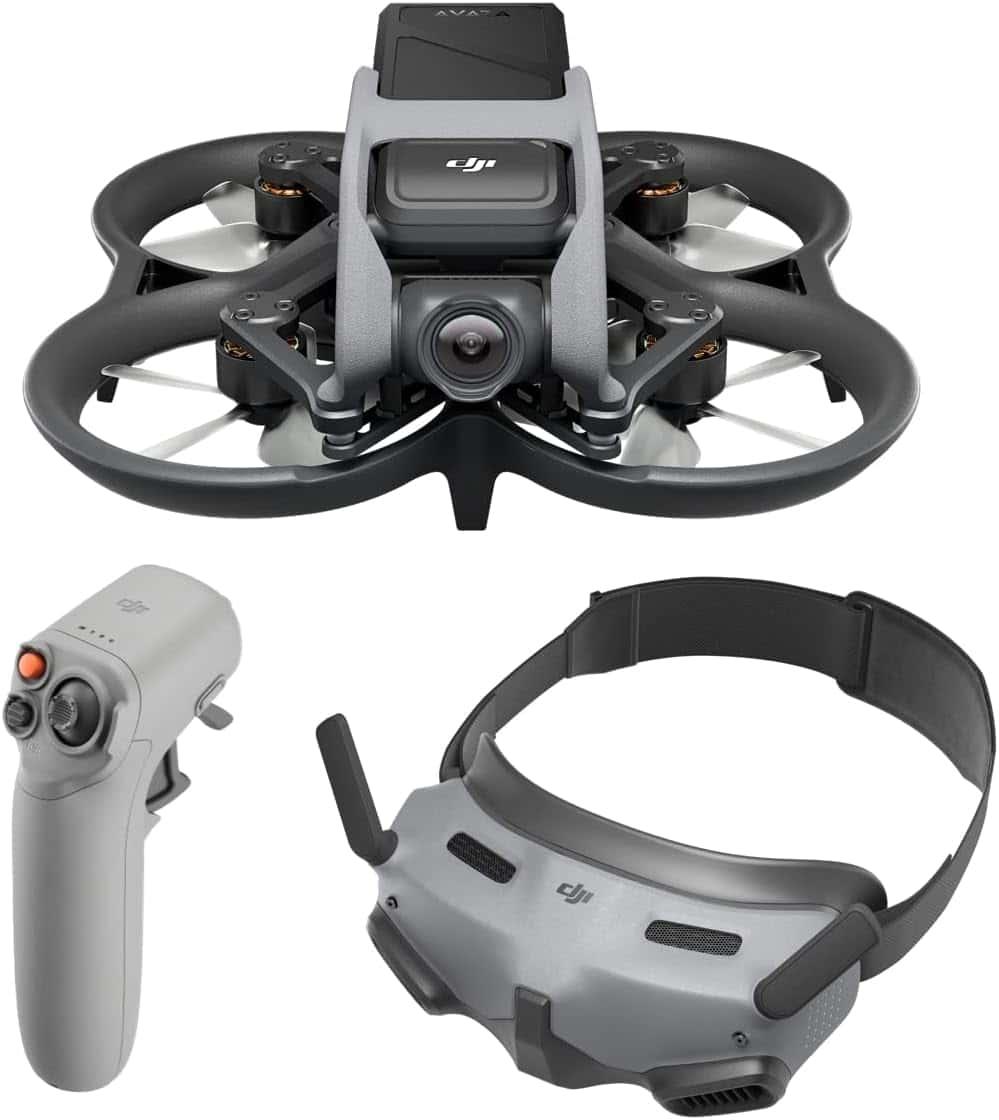
3. Regulatory Landscape: Striking the Balance
While drones offer myriad opportunities, the need for a structured regulatory framework is paramount. The Civil Aviation Authority of the Philippines (CAAP) has been instrumental in formulating guidelines:
- Licensing: Drone pilots are required to undergo training and obtain a license.
- No-fly zones: Drones are prohibited from flying near airports, military installations, and other sensitive areas.
- Privacy Concerns: The regulations also emphasize the importance of privacy, prohibiting the use of drones for invasive or unauthorized surveillance.
4. Challenges in Drone Adoption
4.1. Infrastructure and Technical Limitations
- Limited Battery Life: Most commercial drones have limited flight times, constraining their range and application.
- GPS Challenges: In remote areas, obtaining a stable GPS signal for drone operations can be tricky.
4.2. Public Perception and Awareness
- Safety Concerns: Incidents of drones colliding with other objects have fueled public apprehensions.
- Privacy: There’s a persistent worry about drones being used for unauthorized surveillance.
4.3. Environmental Impact
- Disturbance to Wildlife: Drones can disturb nesting birds and other wildlife, especially when used in natural reserves.
5. Future Landscape: What Lies Ahead?
5.1. Technological Advancements
- Battery and Energy: With advancements in battery technology, we can expect drones with longer flight durations and better range.
- AI and Automation: Drones could become smarter with AI, allowing them to recognize and avoid obstacles or even make decisions based on real-time data.
5.2. Expansion in Sectors
While the current applications are expansive, the future promises even more sectors harnessing the power of drones:
- Healthcare: Drones can be used for the quick transportation of organs or medical samples.
- Environmental Monitoring: Drones can help in monitoring deforestation, coral reef health, and other environmental indicators.
The Philippines, with its unique challenges and opportunities, is at the cusp of a drone revolution. While there are hurdles to overcome, the potential benefits to the nation’s economy, infrastructure, and societal fabric are immense. With the right balance of regulation, public awareness, and technological advancements, the sky is truly the limit for drone technology in the Philippines.

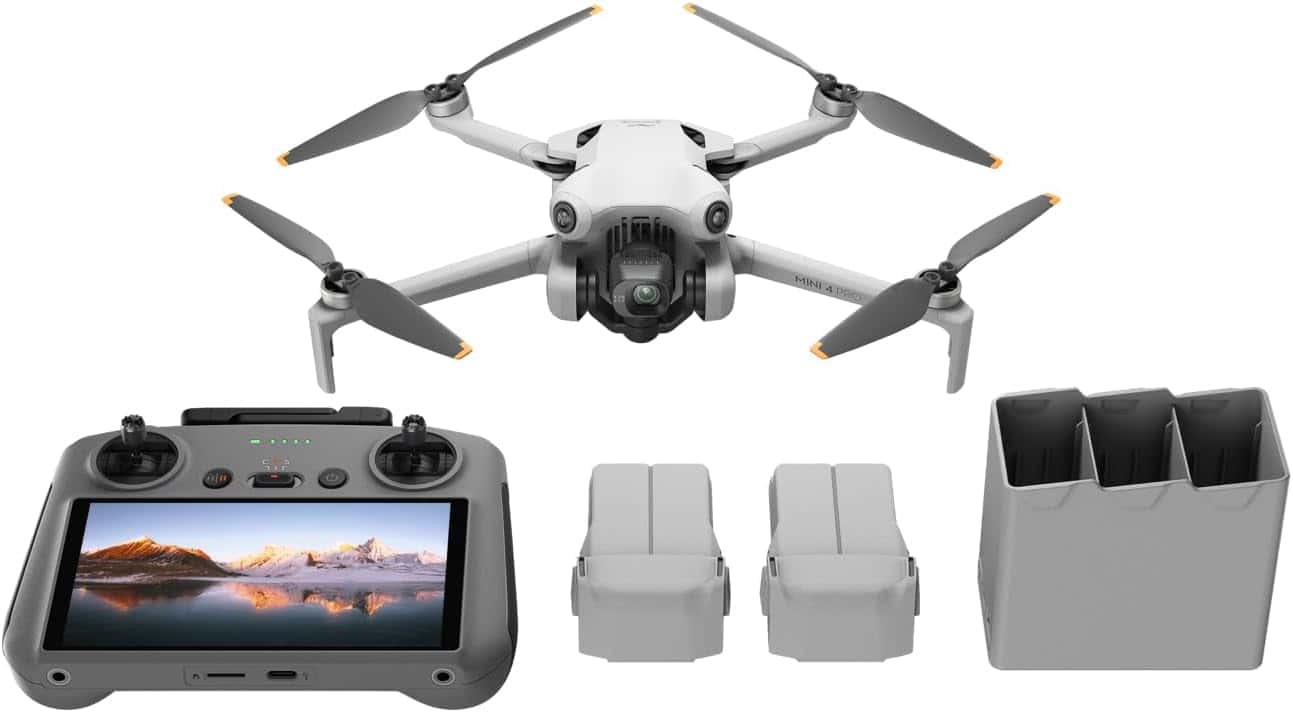


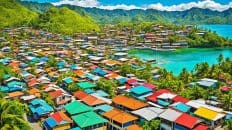














Add comment